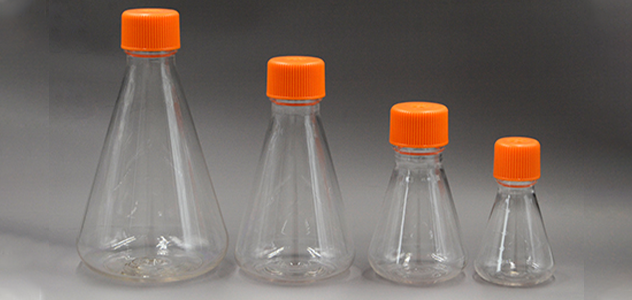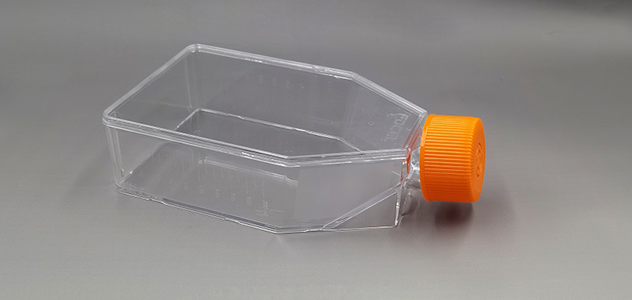실험실 소모품 실험 중에 사용되는 도구입니다. 많은 종류가 있습니다. 소모품의 재질에 따라 유리, 플라스틱 및 금속의 세 가지 범주로 나뉩니다. 그 중 플라스틱은 우수한 성능과 편리한 성형으로 인해 점점 더 많은 이점을 얻고 있습니다. 점점 더 널리 사용됩니다. 일반적인 재료에는 다음 범주가 포함됩니다.
PP(폴리프로필렌): 반투명, 화학적 및 온도 안정성이 더 우수하고 손 느낌이 PE보다 강하며 다음에서 사용할 수 있습니다. 약 100도 정도이지만 저온에서 부서지기 쉽고 내마모성이없고 노화되기 쉽고 부식 방지 일반 산, 알칼리성 유기 용제는 거의 영향을 미치지 않습니다.
PE (폴리에틸렌) : 불투명하고 강한 인성, 노화방지, 경량, 논누설, 부드러운 질감, 아세톤, 초산, 염산 등과 반응하지 않고 비교적 안정하고 고온에서 연화되기 쉽다.
PS(폴리스티렌): 투명 , 높은 경도, 유리전이온도 100 이상 ℃, 대부분의 수용액에 안정하지만 다양한 유기 물질에 의해 부식됨.
PC(폴리카보네이트): 고강도 및 탄성, 높은 충격 강도, 좋은 투명도, 높은 경도 및 멸균 가능 고온에서 zed되지만 강산 및 알칼리 및 알코올과 같은 일부 유기 용매에 내성이 없습니다. 가공 및 성형 성능은 설계자
형성 두꺼운 벽 투명 제품의도에 따라 어떤 모양으로도 설계할 수 있습니다. 전통적인 압출, 사출 성형, 블로우 성형 및 블리스터 성형 방법.' 위의 일반적인 실험실 소모품 재료입니다. 사람들의 자기 보호 의식이 향상됨에 따라 깨지기 쉬운 유리 소모품은 점차 플라스틱 재료로 대체되어 소모품의 일반적인 재료가되었습니다.s intentions. Traditional Extrusion, injection molding, blow molding and blister molding methods.
The above are common laboratory consumable materials. With the improvement of people's self-protection awareness, fragile glass consumables are gradually replaced by plastic materials and become common materials for consumables.
The FAI climbed 5.9 percent year-on-year in the first 11 months of 2018, quickening from the 5.7-percent growth in Jan-Oct, the National Bureau of Statistics (NBS) said Friday in an online statement.
The key indicator of investment, dubbed a major growth driver, hit the bottom in August and has since started to rebound steadily.
In the face of emerging economic challenges home and abroad, China has stepped up efforts to stabilize investment, in particular rolling out measures to motivate private investors and channel funds into infrastructure.
Friday's data showed private investment, accounting for more than 60 percent of the total FAI, expanded by a brisk 8.7 percent.
NBS spokesperson Mao Shengyong said funds into weak economic links registered rapid increases as investment in environmental protection and agriculture jumped 42 percent and 12.5 percent respectively, much faster than the average.
In breakdown, investment in high-tech and equipment manufacturing remained vigorous with 16.1-percent and 11.6-percent increases respectively in the first 11 months. Infrastructure investment gained 3.7 percent, staying flat. Investment in property development rose 9.7 percent, also unchanged.
 English
English




















































